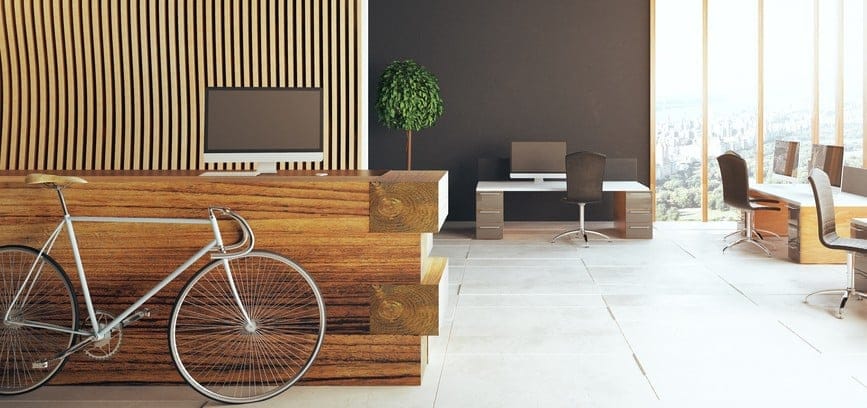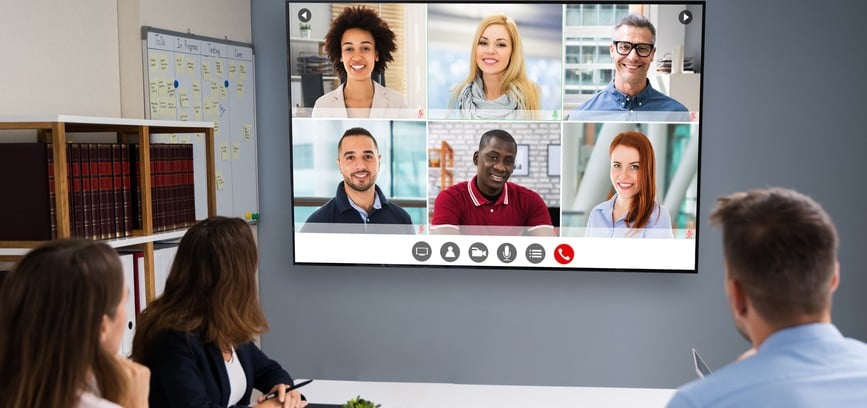How Freight & Logistics companies can capitalise on the Destination Workplace to retain talent
The freight and logistics industry is facing many challenges including attracting and retaining top talent – particularly as the Millennial workforce typically looks to other industries for fulfilment. That’s where the destination workplaces come into play, giving F&L organisations an appealing edge.
Traditionally characterised by an aging workforce, filling positions with younger employees has become an accelerated requirement of an industry which sits within a competitive business landscape. While the F&L industry is not typically coveted as the most desirable, thanks to creativity, innovation, and collaboration, this is now starting to change.
What’s more, growth in the F&L industry has continued to rise at such a pace that skilled workers are necessary now more than ever. There is great demand for great talent, including tech-savvy personnel and automation engineers. These skilled digital operators will be the catalysts for helping reshape and reinvent the F&L industry.
To attract these kinds of employees into the F&L industry, organisations must embrace the future by incorporating modern methods of working and environments that aid workplace motivation and productivity like the destination workplace.
The destination workplace requires careful consideration and meaningful planning, including the physical office layout, furniture, and equipment. You want to attract the best? You’ve got to offer the best.
Wait, what is a destination workplace?
A destination workplace is more than just a place employees ‘have’ to come to in order to perform their job. Rather it is an environment that employees want to come to and enjoy working in. It’s much more than just desks dispersed around an office; rather, they’re workplaces that reflect the physical, cultural and social needs of the staff. With this kind of finger on the pulse of employee wants and needs, team morale is boosted increasing the overall work product. Applying the right workplace strategy to your organisation will allow employees the autonomy and flexibility to feel valued and appreciated in the workplace.
How to attract top freight and logistics talent with a destination workplace
Finding perfect equilibrium between working functionality and creativity is key to forming the ultimate destination workplace. This could take many different forms such as a social hub with a café-esque setup, an office gym or workout space, or an innovation zone with cutting-edge interactive tech and a blend of relaxed, comfortable seating. Maybe even some thought-provoking, and inspiring wall murals. The only limit is that of your workplace design partner’s imagination.
Workplace design
The F&L Industry needs working environments that are both purpose-built for the demands of today and the future, meaning the ability to adapt to advances in the industry is fundamental. Driving workplace strategy and design that better motivates employees will naturally compel the kind of skilled labour the industry calls for.
But it’s more than a pretty face. Workplace design and strategy supports not only the aesthetic appeal of the office fit-out but importantly, the framework that can improve workplace output, efficiency, culture, health and wellbeing.
Quality workplace design and strategy will not only attract, but help to retain the talent your F&L organisation needs to cultivate positive and productive working experiences that staff can feel comfortable in. This can even facilitate innovation, growth, and business resilience in the face of competition and demand.
Health and wellbeing
Millennial workers are increasingly drawn to companies that encourage employee health and wellbeing in the workplace.
But progressive F&L organisations are doing more than paying lip service with an on-paper wellbeing programme – they are showing their commitment to employee health by actioning initiatives that make a clear impact. For example, encouraging a healthy lifestyle can be as simple as providing sitting-standing workstations, subscriptions to meditation apps, providing access or perks for healthy food outlets along freight routes, introducing more staircases in the workplace, making use of natural light, and utilising outdoor spaces where possible.
Studies have shown that these measures can drive stress down and positively impact the mood and attitudes of staff – all of which contribute to optimal productivity. A workplace fit-out that interlaces practicality with creative consideration attracts the top talent.
ESG
People are increasingly sympathetic to social and environmental issues. Freight and logistics organisations that work to regulate their own impact and actively support constructive environmental and social governance (ESG) are the same ones that quality talent will be more inclined to work for.
By incorporating ESG in the workplace, organisations can do their bit for a greener planet while also aiding employee connection, commitment, and creativity and in doing so, drive results. Allowing employees to engage with a positive purpose, extending beyond the parameters of their individual role, marks a leap in the right direction for organisational success.
Flexibility
It’s what everyone wants. In fact, studies have shown that 50% of Australians feel that they are less likely to leave their jobs if their place of employment offers flexible working options.
Flexible working environments can support a more collaborative, team-centric working experience that’s equal parts functional and innovative. Many studies have found that flexible work arrangements can also accelerate organisational productivity.
Effective workplace strategies considering the future of work can connect employees in the physical office to their remote colleagues with the right tech in place – like video conferencing, communication software, and space booking software that’s all reliable and easy to operate.
In this way, organisations can inspire autonomy and trust which is especially attractive to younger generations who value the freedom and flexibility that technology affords.
Young, skilled-up talent are looking for a modern and inspiring environment that’s built for speed and agility. F&L organisations must cater to this to ensure that they’re future-proofing their company and are equipped to retain talent. Be a proactive player in the growth and demand of the F&L industry with the right tools in your kit. For effective workplace design for your organisation, find a strategy-focused workplace design partner to help.








